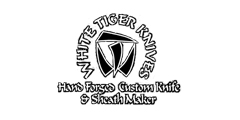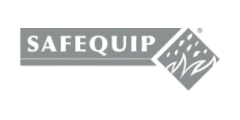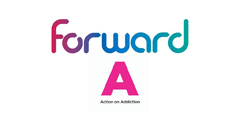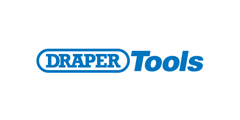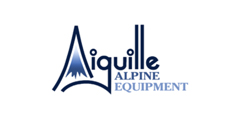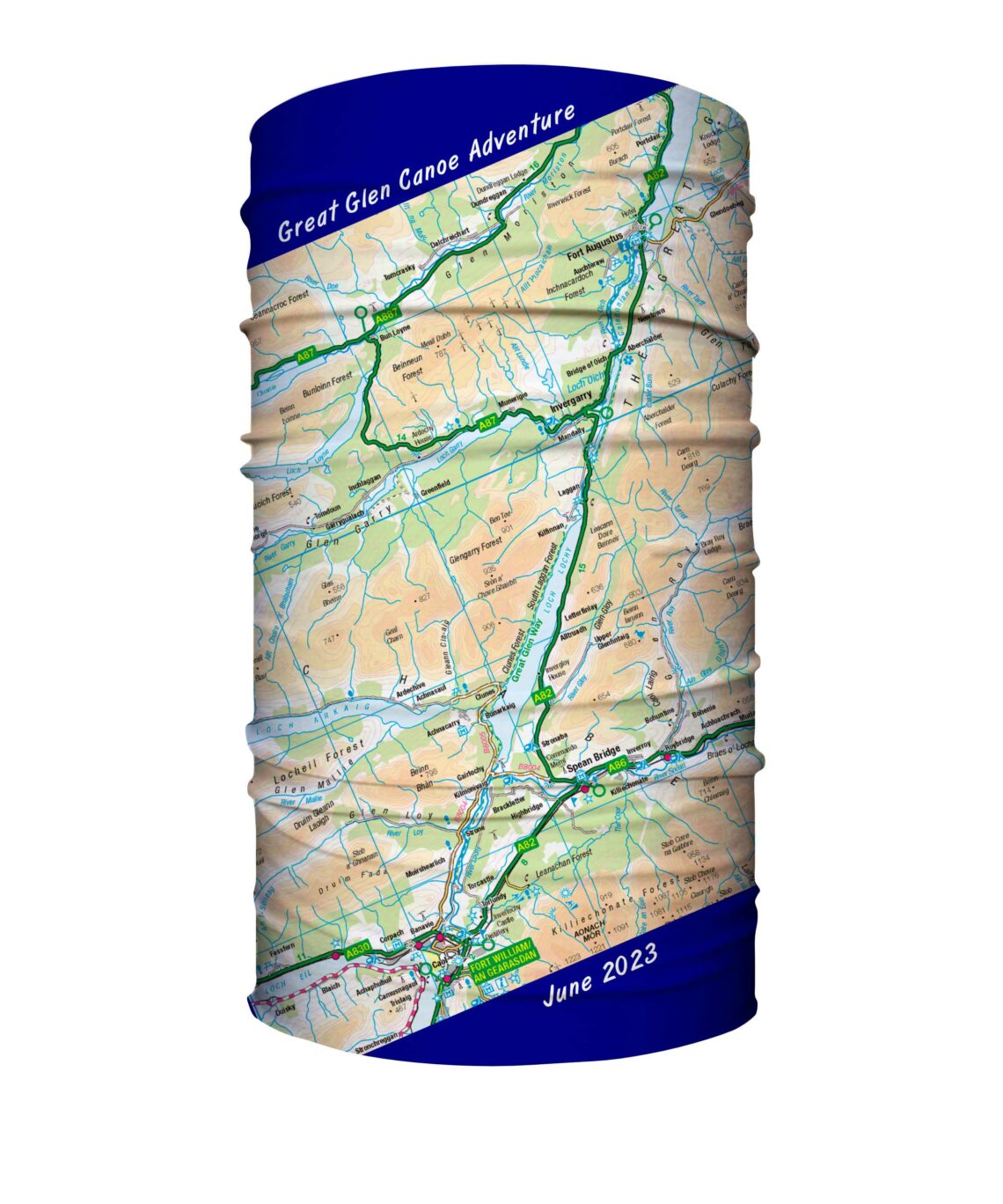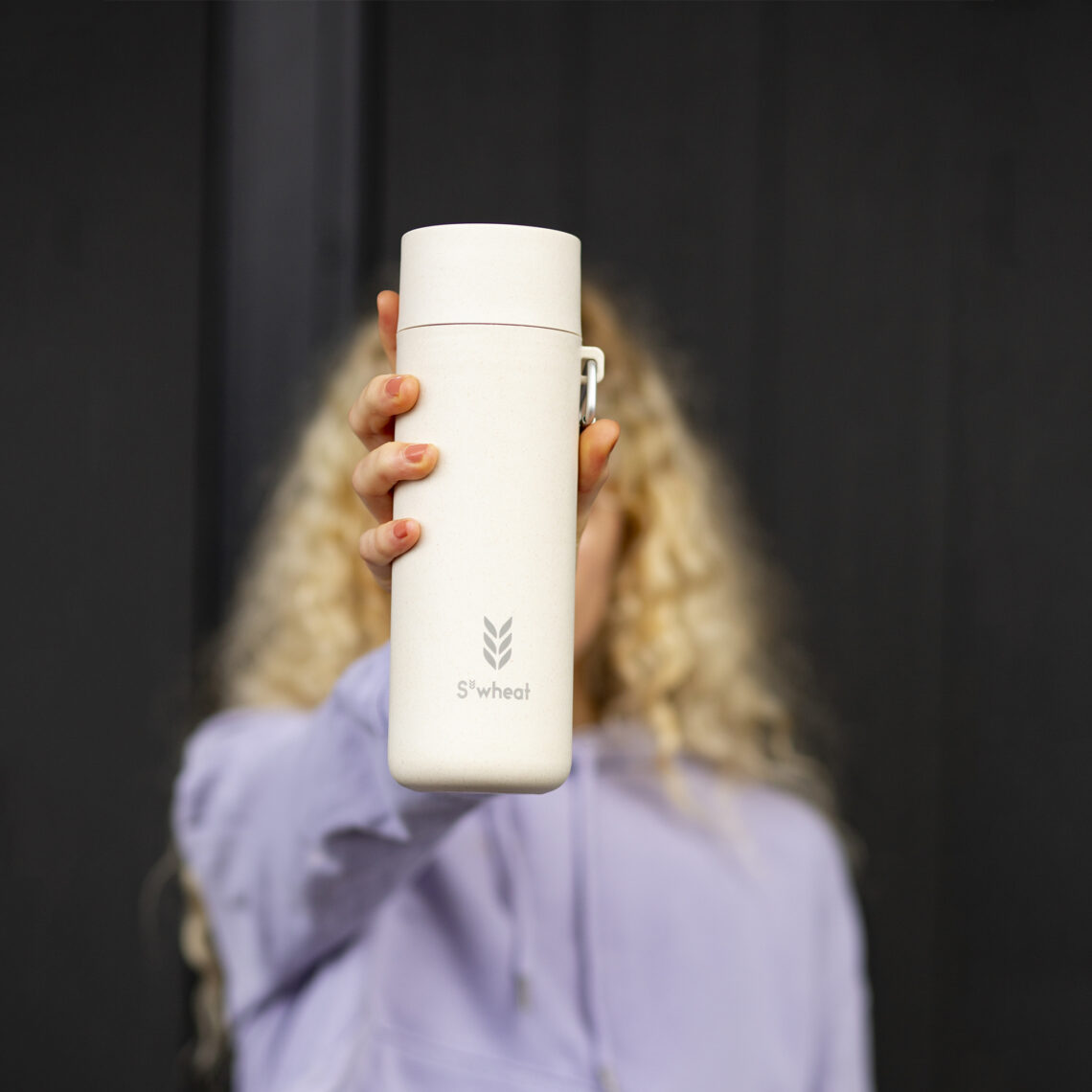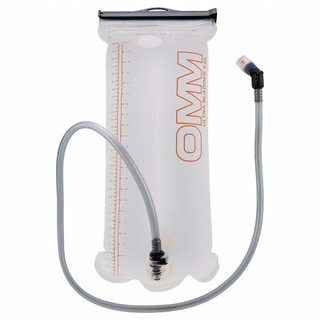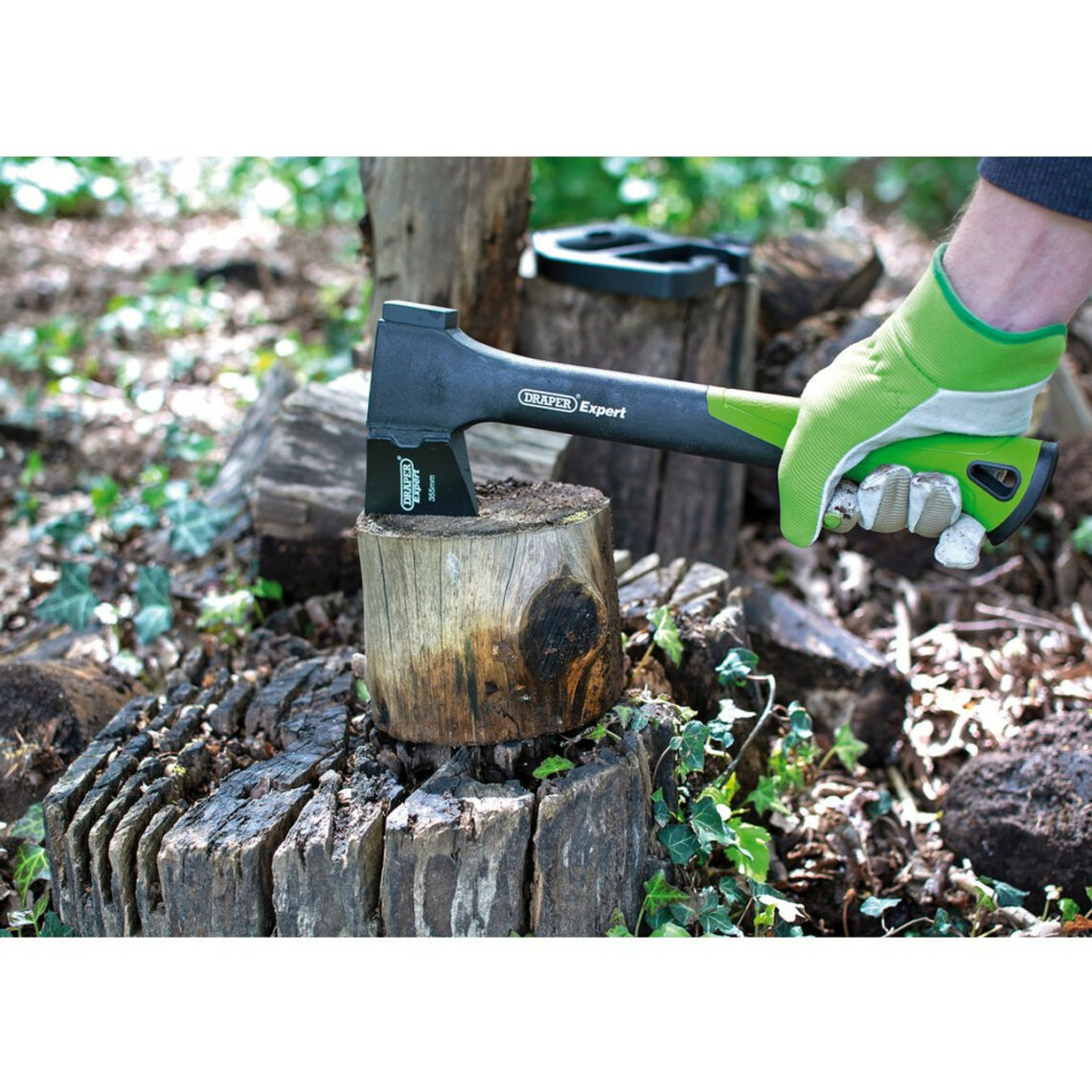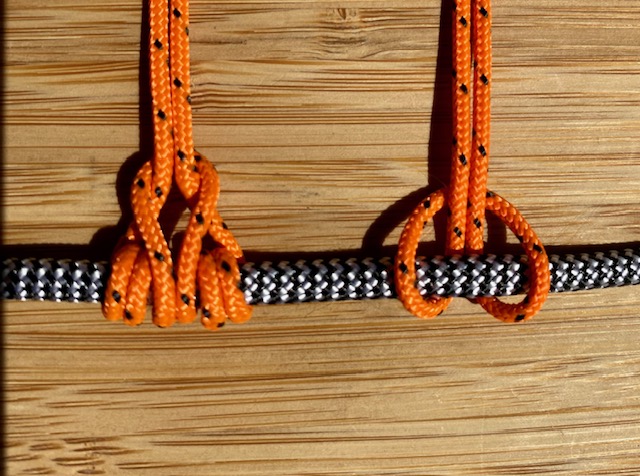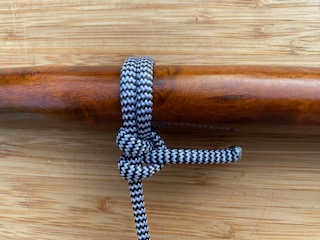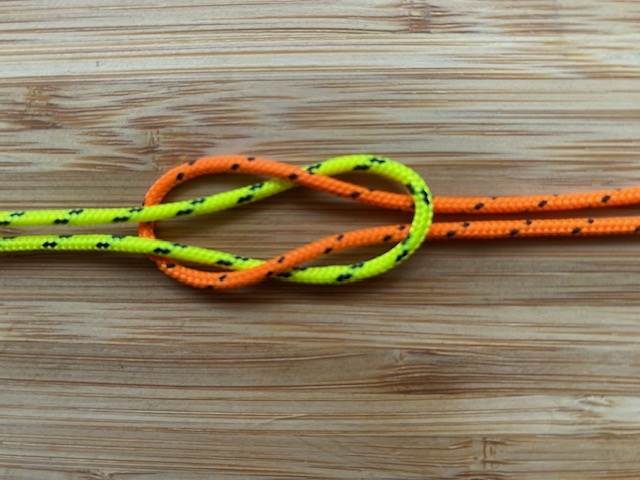Companies that have helped me on my journey
-
Neck & Face Protection against the Elements
Buff ; a ‘fabric tube’ and they have many different intended ways to keep your neck, face and head warm, dry and protected from the sun. Snood / neck gaiter/cowl; is a lightweight hybrid of ‘scarf & hood’; protecting your face, head and neck against the sun and wind. Bandana; is an efficient way to protect you from the sun & wind, often worn as a skull cap or usually as a headband. Call it a buff, a snood or a magic scarf; the ‘Wuffler‘ is the ultimate multifunctional headwear for the Adventurous….. It will keep you warm during the cold winter days and breathable; protecting you from the sun and in the heat quick…
-
Eco Water Bottle
Water Bottle made from plants During outdoor activities such as a day’s hiking, camping or enjoying a music festival’ the importance of remaining hydrated cannot be overestimated. The lightweight ”S’wheat bottles’ , are convenience on the go! Providing safe water in all situations and are easy to keep clean Suitable for tea, coffee and soup and the all round favourite – ‘Water’…
-
Hydration Bladder
A backpack/rucksack with a Hydration Bladder System allows you to drinking convenient and efficient; allowing you constant access to enjoy a drink hands free. Great choice while you are trekking in the mountains, scrambling over dunes and for runners. The lightweight, low profile OMM Ultra Bladder 3 Litres, has a Bite-Valve, it’s easy to open and spill free with quick release tubes making it an ideal for the outdoor enthusiast. #livealifetodiefor
-
Hatchet / Axe
Your Hatchet / Axe, is an indispensable item for your Camping and Bushcraft needs; it’s an essential item to be included in any backpacking survival kit. The fibreglass axe handles are durable and take rough abuse; also have great shock absorption properties. It’s an ideal in length, 355 mm and weight 0.7 kg; with a protective safety holster with clip for carrying with you and a lanyard hole in the handle. It’s versatility is perfect for outdoor enthusiasts, from cutting down trees and bushes; requires less of backswing when preparing and splitting your firewood in tight spaces. Handy, when building an impromptu shelter from the elements. Effective for self-defence against 2…
-
Grinner / Uni Knot
The Grinner / Uni knot is a multi-purpose fishing knot; as an avid fly fisher, its my personal favourite Commonly used to tie a fishing line to a hook, swivel or lure. It is known for its strength and ability to hold well under heavy pressure. It ‘s relatively easy to tie and is considered to be a good choice for both saltwater and freshwater fishing. It is recommended to practice the knot before using it on the water, as well as checking the knot’s strength before casting your line. #livealifetodiefor #marlowropes
-
Prusik Knot
The Prusik Knot is a type of friction hitch used to attach a rope to another rope or to an object, such as a carabiner. It’s a versatile knot that can be used for ascending, descending, or traversing a rope, and it’s commonly used in climbing, caving, and rescue operations. It slides when not weighted along a tight rope but jams solidly at the moment of loading. In climbing, the Prusik Knot is often used as a backup safety system for belaying, as it allows the climber to be attached to the rope at all times. It can also be used for self-rescue, by attaching the Prusik Knot to the…
-
Double Fisherman’s Knot
The Double Fisherman’s Knot, also known as the Grapevine Knot, is a type of bend knot that is used to join two ropes together. It is a very secure and strong knot that is often used in climbing, boating, and other outdoor activities. The Double Fisherman’s Knot is a good choice for applications that require a strong and secure connection between two ropes. It is also known for its ability to resist twisting and cinching, making it a reliable choice for applications where the ropes may be subject to movement or stress. It’s relatively easy to tie and it’s a bit more secure than the simple fisherman’s knot. This knot…
-
Rolling Hitch
The Rolling Hitch is a knot used to attach a rope to a rod, pole, or another rope. It’s a type of friction hitch that is used to resist lengthwise movement in a single direction of pull. It is typically used when the rope needs to be pulled along an object rather than at right angles. The rolling hitch is a versatile knot and can be used in many situations such as in boating, climbing and rigging. It’s also known as Magnus hitch, but it’s a bit different from it. The Magnus hitch is typically used to attach a rope to a pole or another rope, but it’s a more…
-
Fisherman’s Bend
The Fisherman’s Bend, also known as the Anchor Bend, is a strong and simple knot that is designed to be secure and not jam or slip under strain. It can also be untied easily. The fisherman’s bend is often used to attach a rope to a ring, hook, anchor, or other object, as you mentioned. This knot is a reliable and secure choice for tying a rope to a ring or a hook. It’s also known for its strength and security under load, it’s easy to tie and it’s relatively easy to untie even after being loaded. It’s a popular choice for boating, fishing, and other outdoor activities. Note: The…
-
Reef Knot
Reef Knot is a Binding knot The Reef Knot, also known as a Square Knot, is used to secure a rope or line around an object. It is formed by tying two overhand knots, with the second one being tied in the opposite direction of the first one, creating a symmetrical knot. It is a binding knot often used in boating, fishing, and other outdoor activities for securing loads or tying up parcels. Often used in first aid as a bandage knot. Note: Reef Knot is a binding knot, it’s not suitable for critical load bearing applications. #livealifetodiefor #marlowropes
